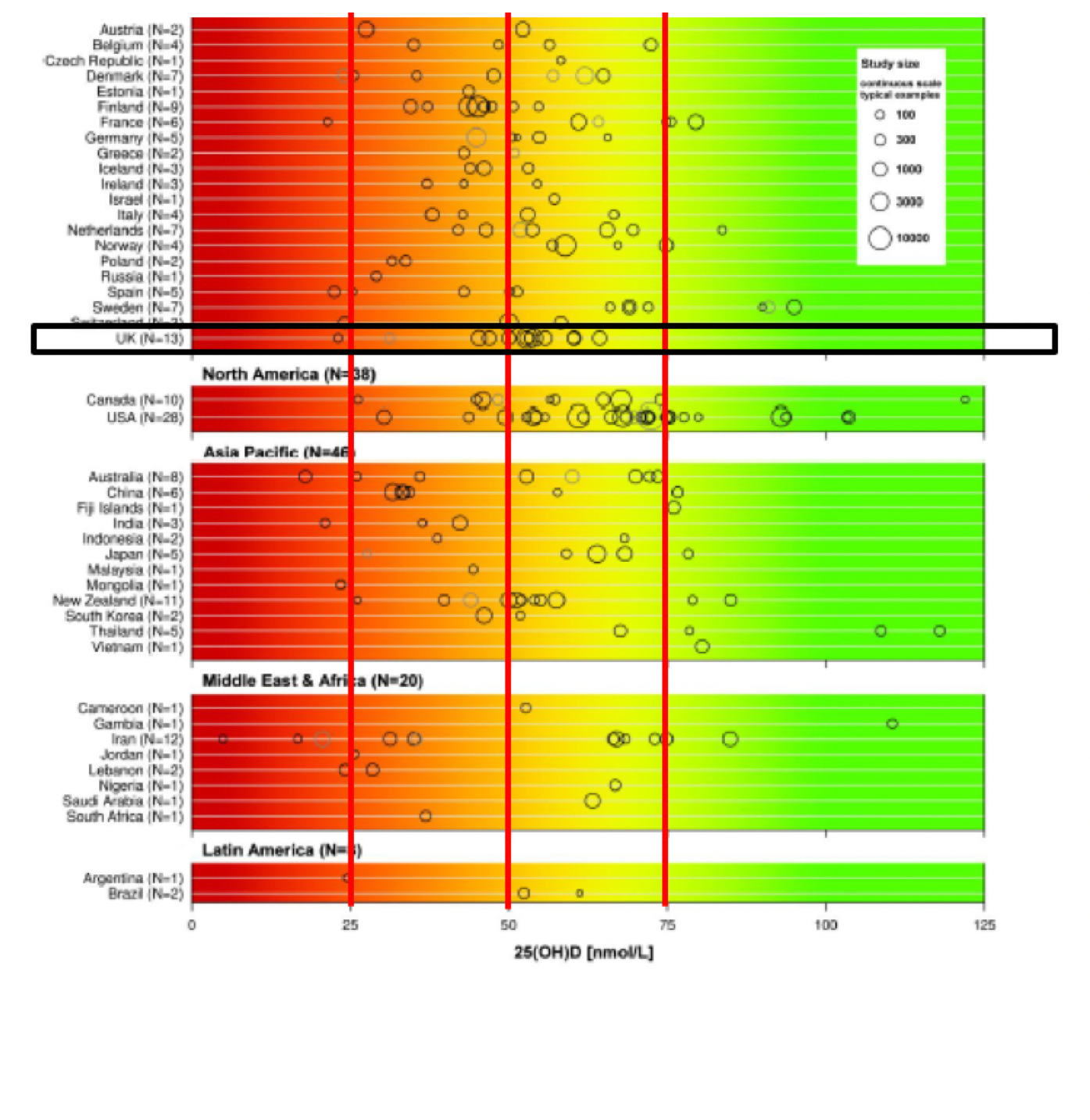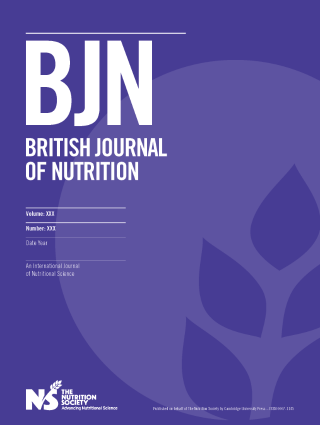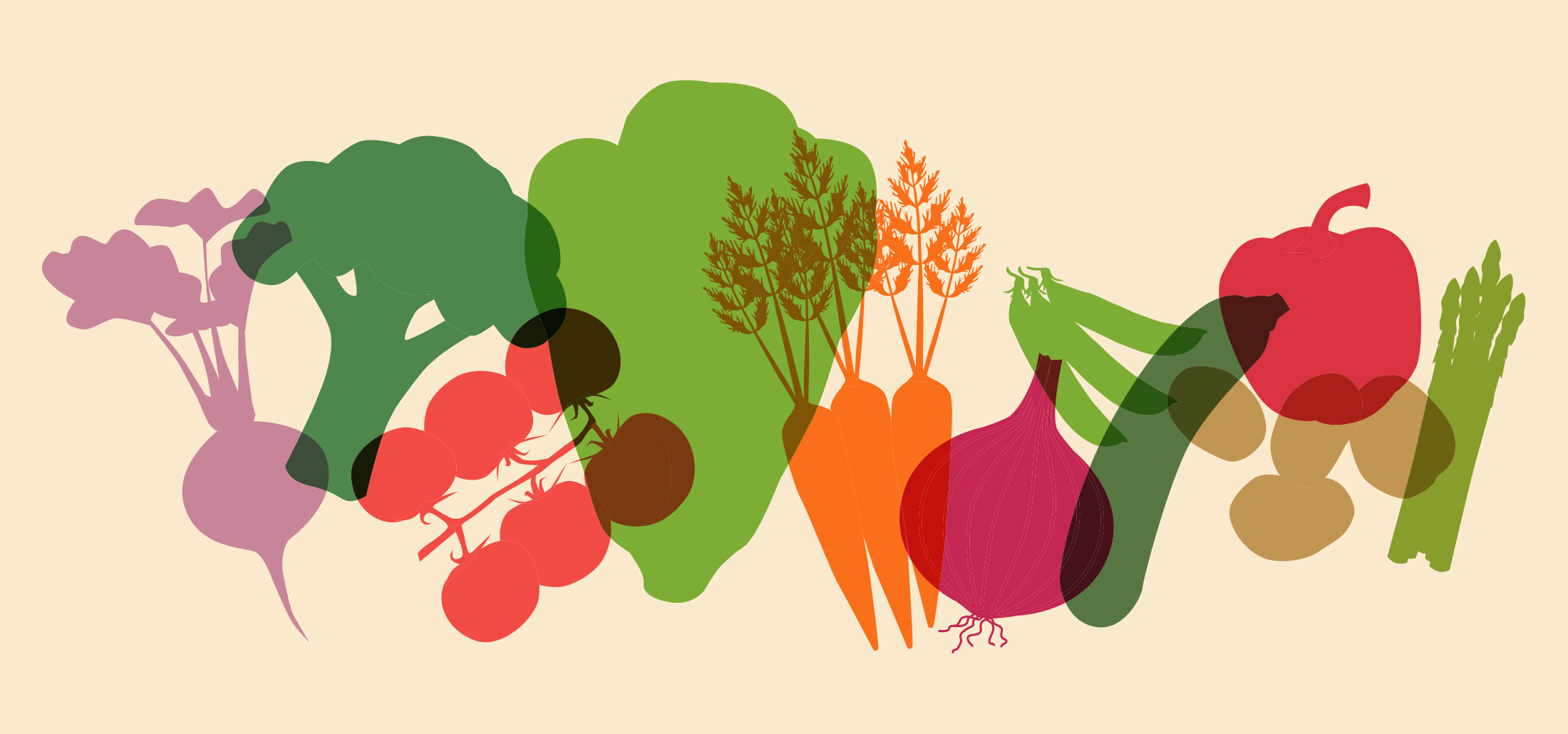TARGETING ANAEMIA
The World Health Organization (WHO) is aiming for a 50%
reduction in anaemia among women of
reproductive age by 2025 1

The most common cause of anaemia?
Iron deficiency
RED ALERT
Anaemia is a condition in which the size and number of an
individual’s red blood cells (the haemoglobin concentration) fall
below a certain level.
This impairs the ability of the blood to carry oxygen around
the body.
This may affect physical capacity, work performance and
cognitive function.


Anaemia affects half a billion women of reproductive age
worldwide.
In pregnant women, it carries a greater risk of death and disease
for the mother and unborn baby.
In 2011, 38% of pregnant women aged 15-49 were anaemic.
Nearly half of all cases of anaemia are attributed to iron
deficiency.
KEEPING AN EYE ON IRON
WHO says:
“A diet containing adequate amounts of bioavailable iron should underpin all efforts for prevention and control of anaemia.”
“A diet containing adequate amounts of bioavailable iron should underpin all efforts for prevention and control of anaemia.”
Good dietary sources of iron include meat, some wholegrains,
pulses, nuts, green vegetables and dried fruit.
But in many parts of the world iron consumption among pregnant
women is lower than it needs to be.
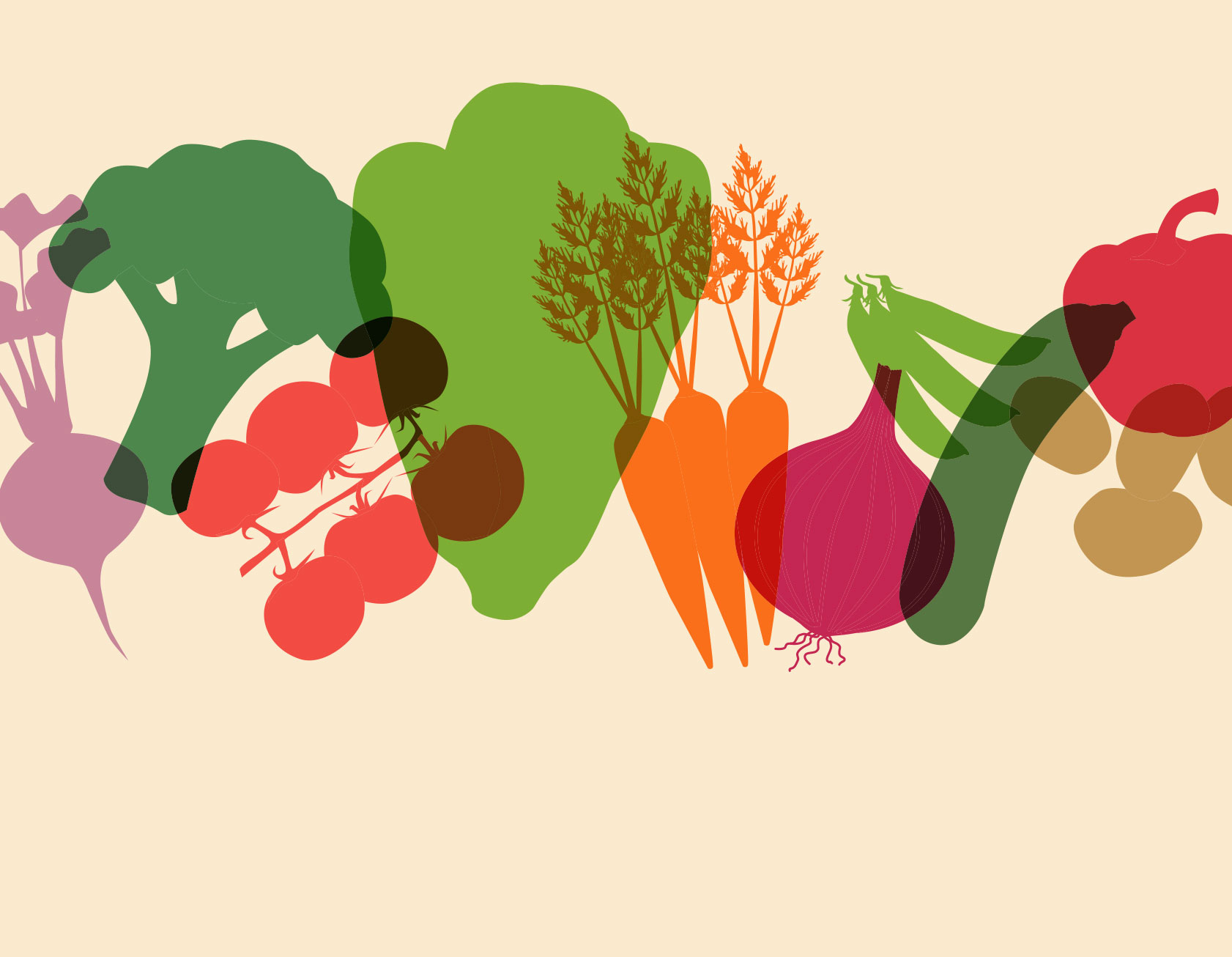
Focused supplementation
WHO recommends iron supplementation for the following groups:
Menstruating women living in settings where the prevalence of
anaemia is 20% or higher
Non-anaemic pregnant women living in areas where the prevalence of
anaemia among pregnant women is below 20%
Women experiencing post-partum, for at least three months
SUCCESS IN INDIA
Health supplements containing iron can have a major impact on
rates of anaemia.
Results of a pilot programme of weekly iron and folic acid
supplementation for adolescent girls in 13 states in India
indicated a 24% reduction in incidences of anaemia after
12 months.
The cost was just US$ 0.58 per adolescent
per year.
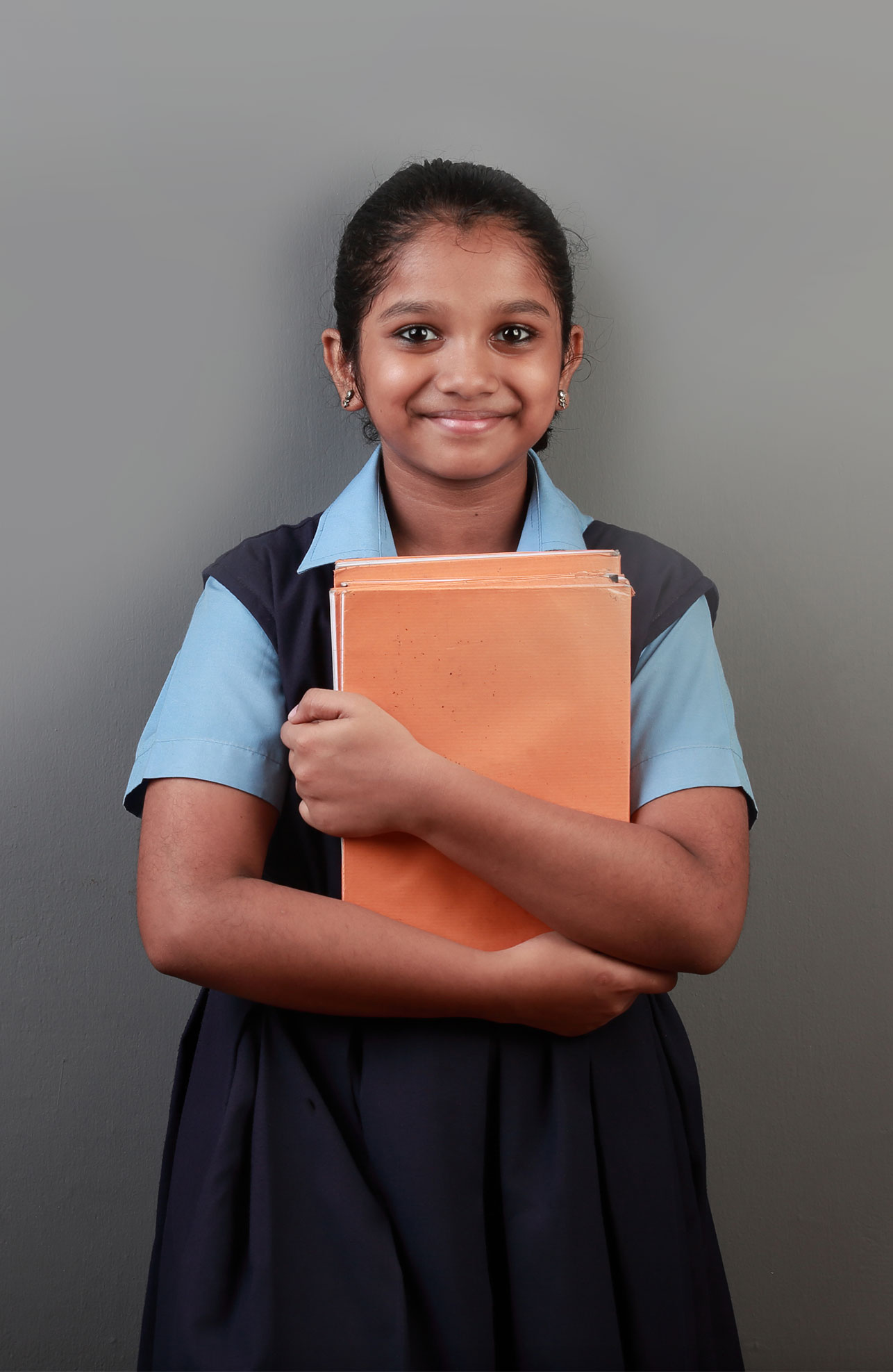
MULTIPLE TRIGGERS
Iron deficiency is the most common cause of anaemia but there are
many other potential triggers.
These include infection/inflammation (e.g. environmental
enteric dysfunction, EED), micronutrient deficiencies other
than iron (e.g. vitamin B12 and folate), and genetic factors
(e.g. hemoglobinopathies). 2
Let's make it happen
Anaemia in women of reproductive age is a major public health
challenge with a long-term impact on the health of women, their
children, and economic development.
Iron supplementation can play a role in reducing
this burden.
Let’s act now – and change the lives of millions of women
worldwide.



